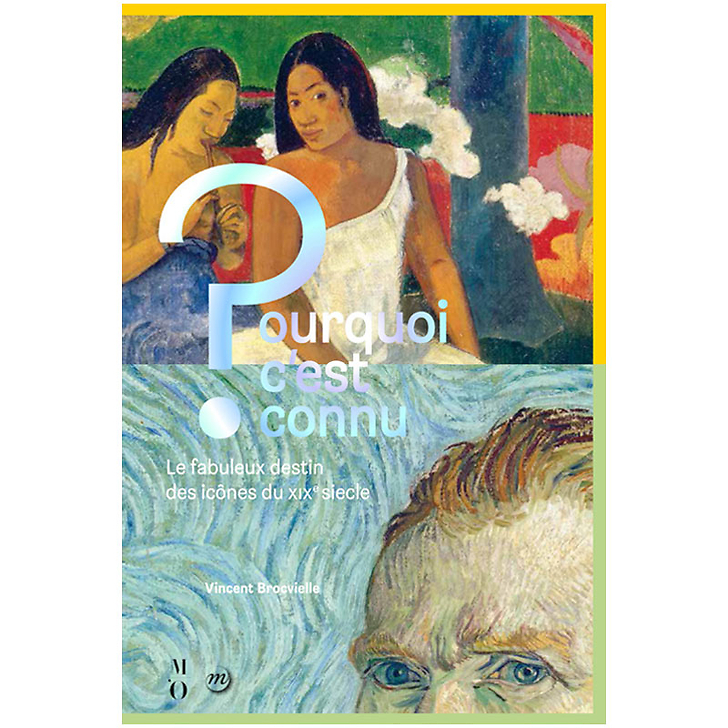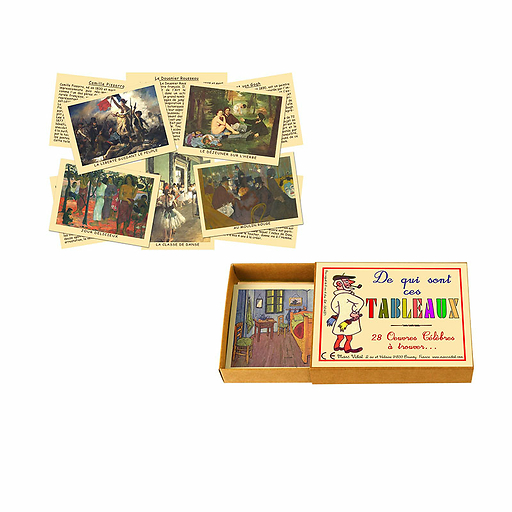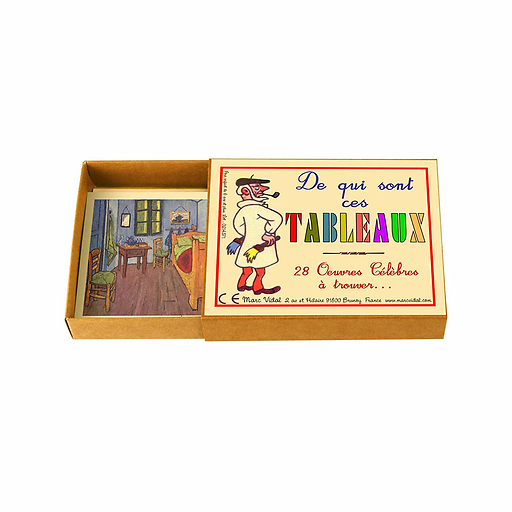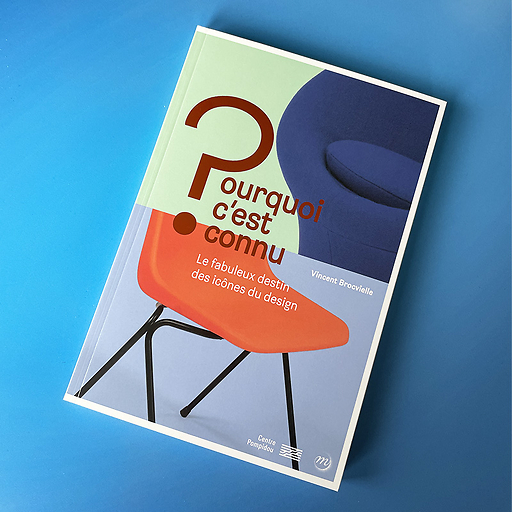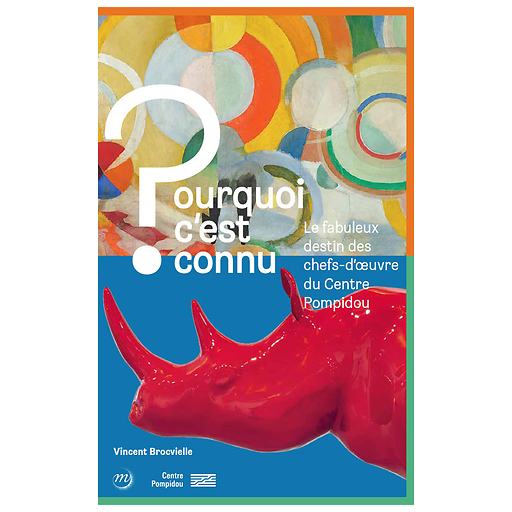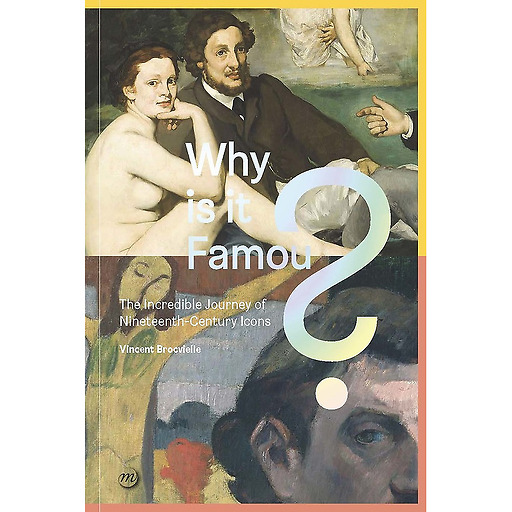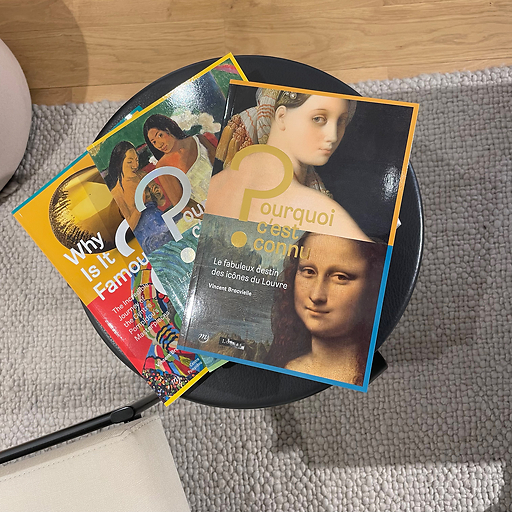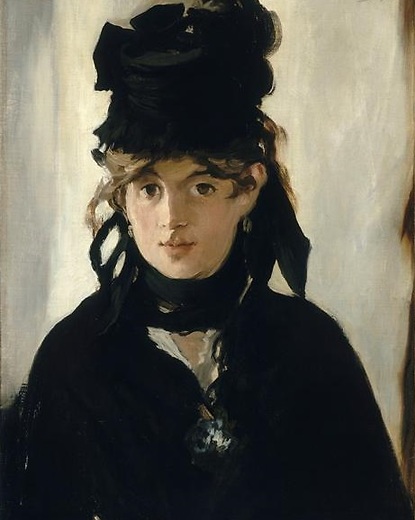Pourquoi c'est connu ? Le fabuleux destin des grandes icônes du XIXe siècle
GB106433
Sold by GrandPalaisRmn
Characteristics
- Number of pages
- 160
- Dimensions
- 16,4 x 24,2 x 1,6 cm
- Artists
- Berthe Morisot (1841-1895), Edouard Manet (1832-1883), Auguste Rodin (1840-1917), Honoré Daumier (1808-1879), Gustave Courbet (1819-1877), Camille Pissarro (1830-1903), Gustave Caillebotte (1848-1894), Jean-Baptiste Camille Corot (1796-1875), Ignace Henri Jean Fantin-Latour (1836-1904), Jean-François Millet (1814-1875)
- Number of illustrations
- 100
- Museums
- Musée d'Orsay, Musée et domaine nationaux du château de Fontainebleau, Musée des Beaux-Arts de Lyon
- Art movements
- 20th century, 19th century, Impressionism, Symbolism, Neo-Impressionism, Nabis, Fauvism, Barbizon School, Second Empire
- Reference
- GB106433
- EAN
- 9782711864331
- Size of the book
- Paperback with flap
- Publication date
- Octobre 2017
- Diffusor
- EDITIONS FLAMMARION
- Distributor
- EDITIONS FLAMMARION
- Conservation museum
- Paris - Musée d'Orsay
Our selection
 Reviews
Reviews
AuBazartDesMots
1/16/18
J'ai eu la joie de recevoir ce livre grâce à l'éditeur et à Babelio dans le cadre des Masses Critiques, merci à eux!
Franchement, c'est un plaisir d'avoir entre les mains un ouvrage sur l'art qui n...Read more...
mesecritsdunjour
1/14/18
Qui n'a jamais dit devant une oeuvre C'est connu' ? OK c'est une bonne raison de visiter un musée mais sait-on pourquoi. Qu'est-ce qui a rendu célèbre tel artiste ou tel travail ?
Le critique d'art...Read more...
EveQ
12/17/17
Ce livre décrypte 60 oeuvres d'art du XIXème siècle connues pour leur simplicité ou leur histoire, parce scandaleuses, refusées, vues à la télé, reproduites en série, réalisant un record de vente, fais...Read more...
